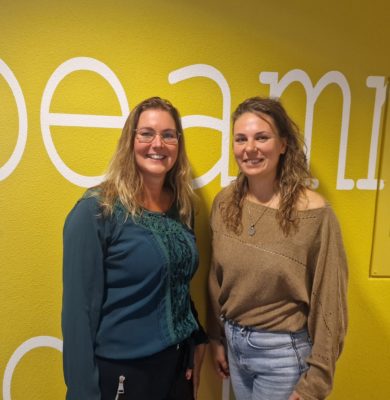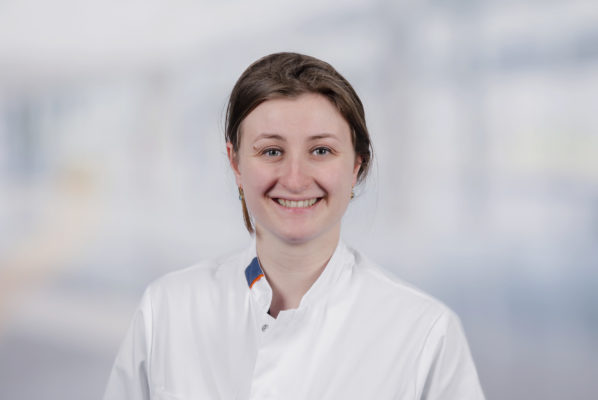Effectieve patiëntenvoorlichting bij robotchirurgie in OLVG
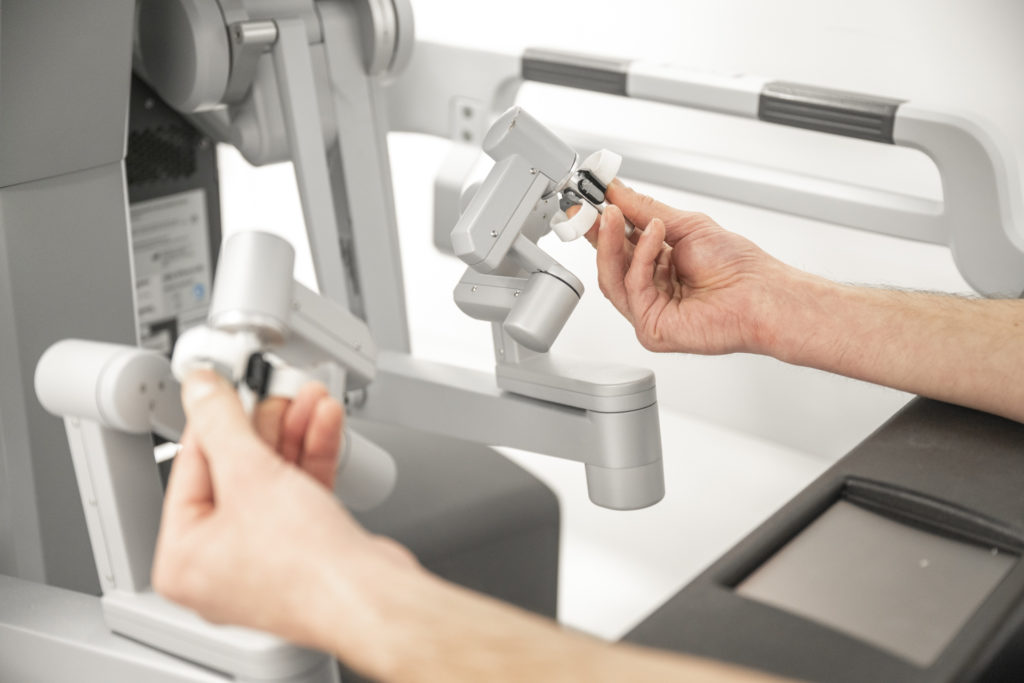
Afbeelding: © Robotchirurgie OLVG
Robotchirurgie roept nog weleens vragen op bij patiënten en hun naasten. “Wat gebeurt er precies tijdens zo’n operatie? En welke rol speelt de chirurg?” Voor dit specifieke onderwerp ging OLVG op zoek naar een manier om patiënten nog beter voor te bereiden.
Complexe medische informatie begrijpelijk maken
Robotchirurgie wordt steeds vaker toegepast, ook binnen de oncologische chirurgie. Bij dit soort ingrepen voert de arts de operatie uit met behulp van een robot. Met deze technologie kan heel precies geopereerd worden, waardoor minimaal invasieve ingrepen mogelijk zijn. Dit leidt tot een sneller herstel en minder postoperatieve klachten. Toch blijft het voor veel patiënten lastig om zich hier een goed beeld van te vormen.
“Patiënten herstellen sneller van hun operatie en hebben minder klachten”, aldus Hanneke.
De kracht van animatie
Om die beeldvorming te verbeteren, ontwikkelde OLVG samen met Indiveo een Divi: een digitale videomodule die helder uitlegt wat robotchirurgie inhoudt, wat de voordelen zijn en wat patiënten kunnen verwachten.
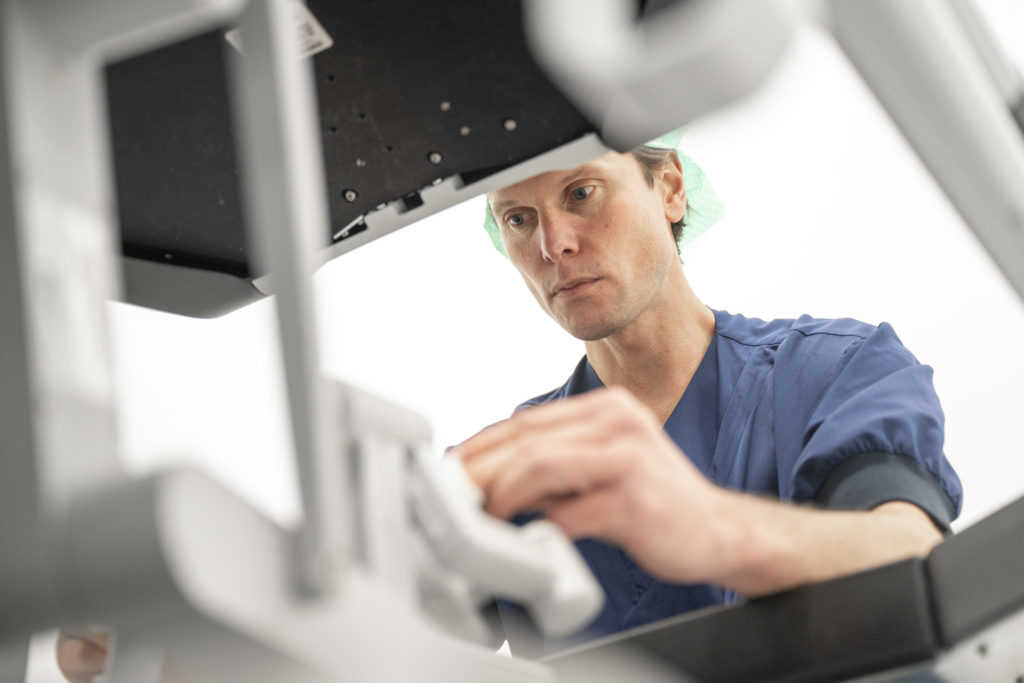
Afbeelding: © Hendrik Marsman, gastro-intestinaal chirurg bij OLVG, Amsterdam
De Divi is geïntegreerd in het patiëntenportaal MijnOLVG. Zo is het voor patiënten mogelijk om de animatievideo voorafgaand aan hun consult bekijken, op een moment en in een tempo dat bij hen past. Die voorbereiding helpt: patiënten komen met gerichtere vragen, het consult wordt efficiënter en persoonlijker, en er is meer ruimte voor individuele zorgen en wensen. Ook voor naasten is de animatie waardevol, doordat zij thuis kunnen meekijken en betrokken blijven bij het traject.
“Het allerbelangrijkste is dat de animatie het voorstellingsvermogen van iemand die een operatie met een robot gaat ondergaan enorm helpt. Het geeft patiënten een duidelijker beeld van hoe zo’n operatie in z’n werk gaat”, zegt Hanneke.
Meer grip op het behandeltraject
De visuele voorlichting geeft patiënten meer regie. Door beeld en tekst te combineren, wordt complexe medische informatie toegankelijk en begrijpelijk. Patiënten voelen zich beter voorbereid en gaan met meer vertrouwen het gesprek én de operatie in.
“Door het op deze manier in te steken, maak je de patiënt vaak ook net even wat bewuster van het feit, dat er ook iets van hem of haar wordt verwacht. Dan kan je als patiënt ook net even wat meer regie pakken, in plaats dat je het op je af laat komen” concludeert Hanneke.
De animatie sluit aan bij de bestaande communicatiemiddelen in het ziekenhuis en ondersteunt de gesprekken met artsen en verpleegkundigen. Gesprekken verlopen gerichter en effectiever, met aandacht voor wat de patiënt belangrijk vindt.
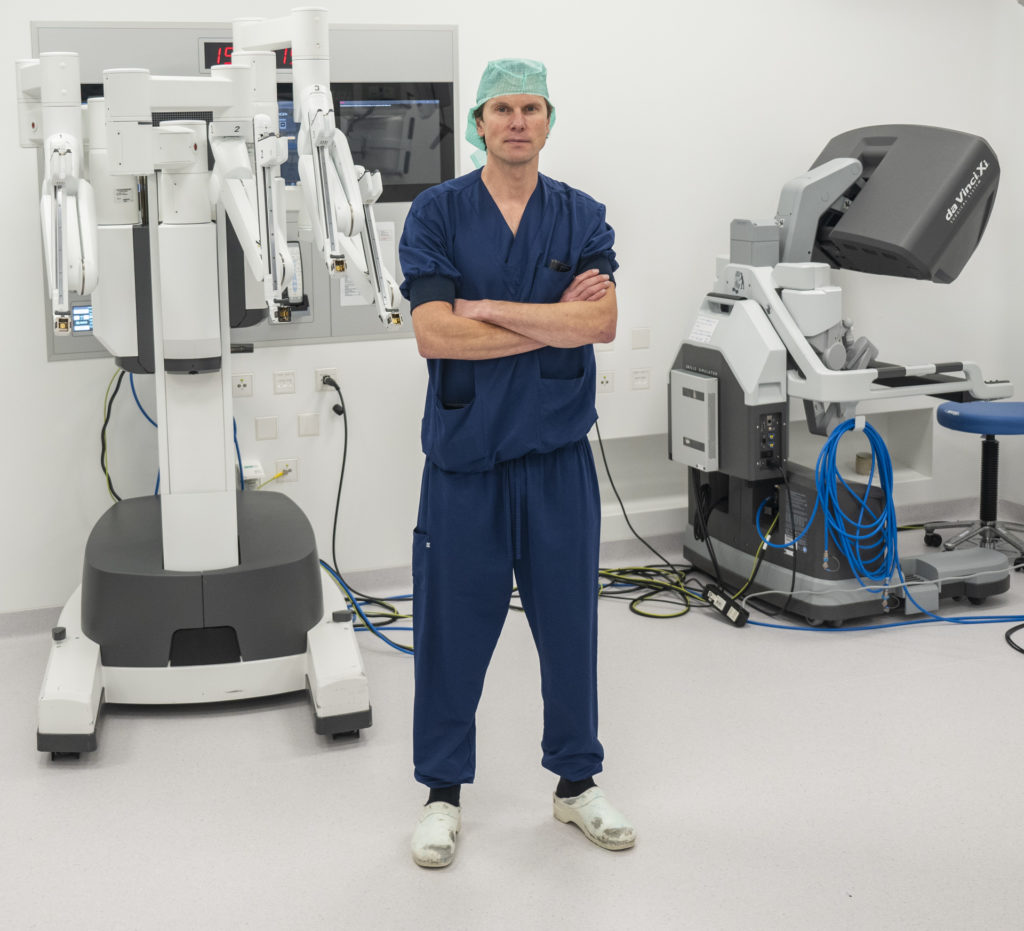
Afbeelding: © Hendrik Marsman, gastro-intestinaal chirurg bij OLVG, Amsterdam
De toekomst van digitale patiëntvoorlichting
Dit verhaal laat zien hoe digitale middelen kunnen bijdragen aan begrijpelijke en persoonlijke patiëntenvoorlichting. De combinatie van visuele uitleg en heldere informatie vergroot het begrip en de betrokkenheid van patiënten bij het behandelproces.
“Juist het toevoegen van beeld maakt het zoveel meer begrijpelijk,” aldus Hanneke.
De ervaringen binnen OLVG zijn positief. En het model is breder toepasbaar dan alleen bij robotchirurgie. Door digitale voorlichting slim in te zetten, wordt het mogelijk om informatie verder te personaliseren en gesprekken effectiever te maken. Zo gaan technologie en empathie hand in hand om patiëntenzorg te optimaliseren.
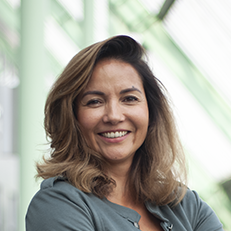
Behaal ook resultaat met Indiveo
Neem contact op met Roana en maak kennis met Indiveo tijdens een demo.

